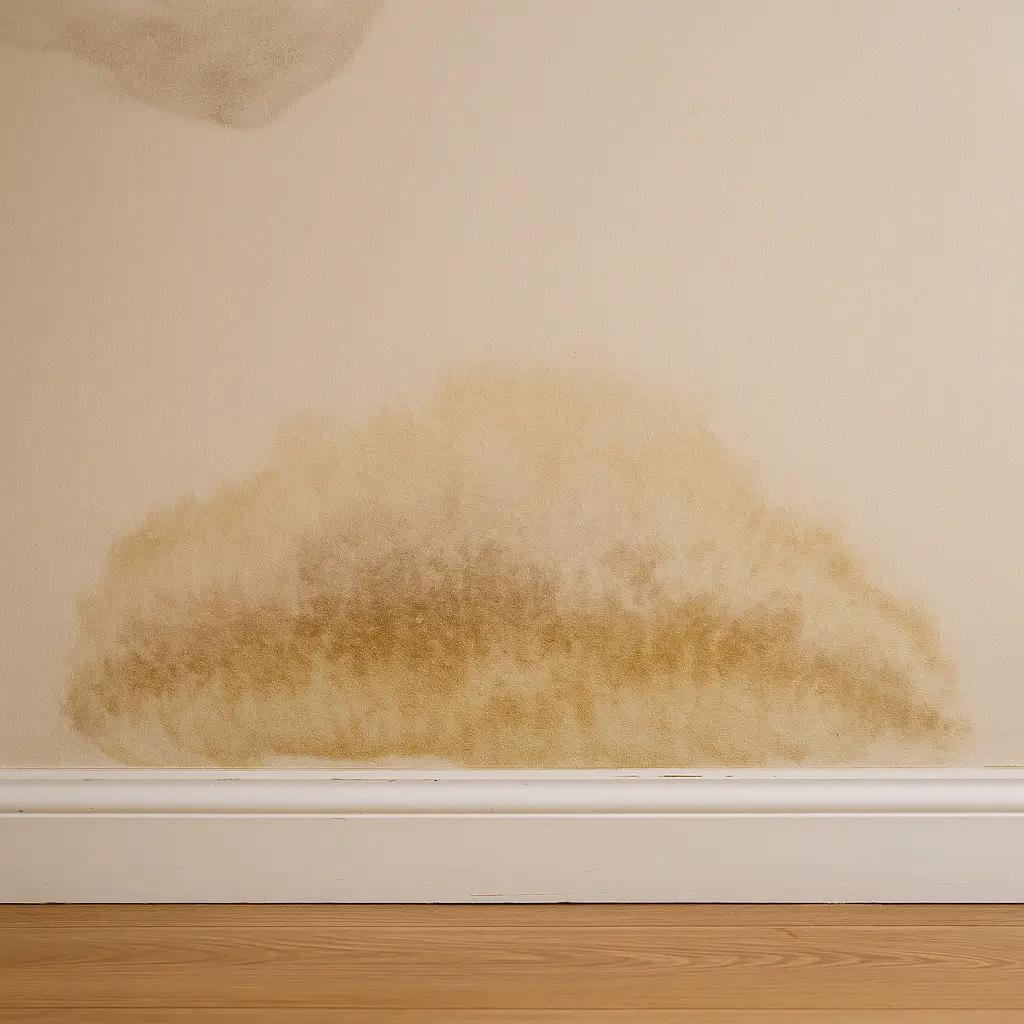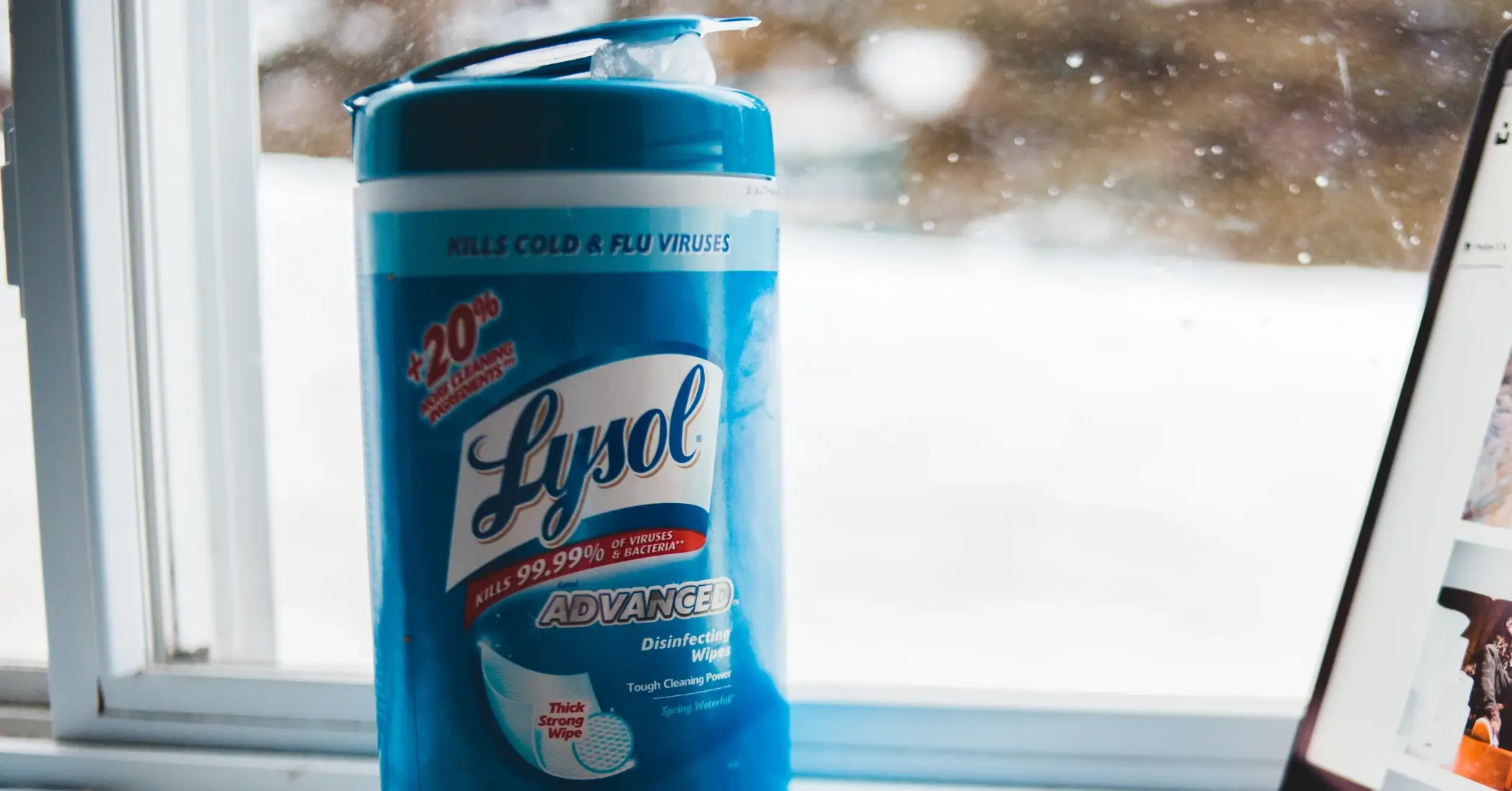How Long Does Water Damage Take to Show?
When it comes to water damage, time is not on your side. What may seem like a small leak or minor spill can quickly escalate into a costly problem—if you don’t catch it in time. But here’s the thing: water damage isn’t always immediately visible. In fact, it can take hours, days, or even weeks for the full extent of damage to show up, depending on the situation.
So, how long does water damage take to show? Let’s break down the timeline, the warning signs, and what you can do to protect your property from long-term damage.
Water Damage: The Invisible Threat
Water is a powerful force. It can seep into walls, flooring, and even the foundation of your home, often without you realizing it. While you might see a puddle or damp carpet right away, other issues—like mold, rot, and structural weakening—can take much longer to surface.
Here’s a general timeline for how long water damage can take to show:
Immediately to 24 Hours
Small things can show that water is causing damage. Look for wet spots on walls, ceilings, or floors. A strange, moldy smell might mean there’s water you can’t see. Walls or wood might puff up or bend a little when they get wet. Carpets might feel really wet when you step on them. You might even see little puddles of water in dips in the floor. If you see these things, check them out quickly so the water doesn’t cause bigger problems that cost more money to fix.
24 to 72 Hours
Right after water gets into a place, things start to change in about a day or two. Tiny mold bits that are everywhere like wet spots and start to grow really fast on things from nature. Wood parts of a building like the frame, floor edges, and tables soak up water and get bent out of shape. They can even get weak. Paint on walls gets wet underneath and makes ugly bumps. Metal things that get wet start to rust, which can make them break later. Also, water goes into soft things like walls, stuffing, and the floor under the main floor. This makes the wet area bigger and hides wet spots that can cause even more damage if no one fixes them.
3 to 7 Days:
When a building has more water damage, things get worse. Wood can bend, break, or get weak. Wet insulation doesn’t work as well, wasting energy and possibly growing mold inside. Water near electricity is dangerous and can cause fires or shocks. If water stays around for a long time, wood can rot, making the building weak and needing expensive fixes.
Weeks to Months
One of the worst things hidden water can do is mess up the base of the building, called the foundation. When water gets into tiny cracks in the foundation, it can make the ground around it move. This moving ground can push on the foundation walls, making them crack or even sink. Fixing foundation problems is hard and costs a lot, so it’s important to find hidden water early.
Also, hidden water is a perfect place for mold to grow. Mold likes wet, dark, and stuffy places. When mold grows, it sends tiny stuff into the air that can make people cough, sneeze, and have other health problems. Getting rid of a lot of mold needs special cleaning by professionals, which costs more money and can be a pain.
If hidden water stays around for a really long time, it can even make the whole building weak. Wood parts can get rotten, walls can fall apart, and the building can become unsafe. This could mean you have to do big repairs or even rebuild parts of the building.
The key takeaway? Water damage often hides before it shows. By the time you see visible signs, the problem may already be much worse than you think.
Common Signs That Water Damage Is Showing
So, how do you know if water damage is lurking in your home? Here are the top warning signs to watch for:
- Stains or discoloration on ceilings, walls, or floors
- Musty odors that won’t go away, even after cleaning
- Peeling paint or wallpaper
- Warped or buckling floors
- Soft spots in drywall or wood
- Mold growth (often black, green, or white fuzzy patches)
- Cracks in walls or ceilings
If you notice any of these signs, it’s time to act fast. Ignoring water damage can lead to more extensive repairs—and higher costs down the line.

What Causes Water Damage to Show Up Late?
There are a few reasons why water damage doesn’t always show up right away:
Hidden Leaks
Porous Materials
When water gets into a building, you might not see damage right away. This is because some building materials are like sponges. Things like wood and drywall have tiny holes that can soak up water. When water touches these materials, they slowly suck it in. It takes time for them to fill up, so you might not see any problems at first, even if a lot of water is there.
Imagine a slow leak behind a wall. The drywall will start to soak up the water little by little. It might take many hours or even days before you see wet spots, peeling paint, or smell a yucky, moldy smell. Wood can also soak up water slowly, and it might swell, bend, or grow mold before you notice anything.
Humidity and Temperature
When the air is very humid, it’s like it’s full of water. Things like walls, wood, and the stuff inside walls can soak up this water. If the air stays humid, these things can’t dry out easily. When things stay wet for a long time, tiny living things called mold and mildew start to grow. Mold likes damp places that are not too hot and not too cold. When there’s a lot of humidity, mold can grow super fast. You might see colored spots and smell something funny. The wet stuff can also get weak and break. Wood can bend and swell, paint can peel off, and even metal can get rusty if it stays wet because of high humidity.
Slow Saturation
Sometimes, water gets into buildings slowly, like a secret. You might not see big puddles right away. Instead, the water soaks into things little by little. This can happen to stuff you can’t easily see, like the fluffy stuff in the walls that keeps the house warm or cool, the wood under the floors, or even the parts that hold the building up.
When water soaks in slowly, it spreads through these things. The fluffy wall stuff can hold water like a sponge. The wood under the floor can pull water outwards to other spots. Even the wood that holds up the walls and floors can soak up water and get weak over time.
This is why a professional inspection is crucial after any suspected water event. Our team at A/S General Contracting can help assess the situation and recommend the right steps to prevent further damage.
How to Catch Water Damage Early
Catching water damage early can save you thousands in repairs and restoration. Here’s how to stay ahead of the problem:
- Regular Inspections: Check for leaks under sinks, behind appliances, and around windows and doors.
- Know the Signs: Familiarize yourself with the early signs of water damage mentioned above.
- Install Water Sensors: Smart home devices can alert you to moisture in hard-to-reach places.
Act Fast After a Water Event: If you’ve had a flood or burst pipe, follow a proper drying process immediately. Learn more in our guide: How to Dry Out a House After a Pipe Bursts.
What Happens If You Ignore Early Water Damage?
If you ignore the signs of water damage, here’s what could happen over time:
- Mold Growth: Mold can start growing in as little as 24–48 hours and poses serious health risks.
- Structural Damage: Water can weaken wood, drywall, and even concrete, leading to costly repairs.
- Electrical Hazards: Moisture can affect wiring and increase the risk of electrical fires.
- Carpet and Flooring Damage: Wet carpet may need to be replaced entirely. Learn more in our blog: Is Carpet Ruined If It Gets Wet?.
What to Do If You Suspect Water Damage
If you think you might have water damage—even if you can’t see it—don’t wait. Contact a trusted restoration professional like A/S General Contracting to assess the situation. Our experienced team will:
- Inspect the property for hidden moisture
- Use professional drying equipment to prevent mold
- Restore damaged areas to pre-loss condition
- Help you navigate your insurance claim
We’re here to make the process as smooth and stress-free as possible. Contact us now for a complimentary consultation or immediate emergency assistance.
Final Thoughts
So, how long does water damage take to show? The answer varies, but the risks are real. Even if you don’t see visible signs, damage could spread silently behind the walls or under your feet.
Don’t take chances. If you suspect water damage, act fast. Early detection and professional restoration can save your home and your peace of mind.
Get in touch with us today for a free consultation or emergency response.


